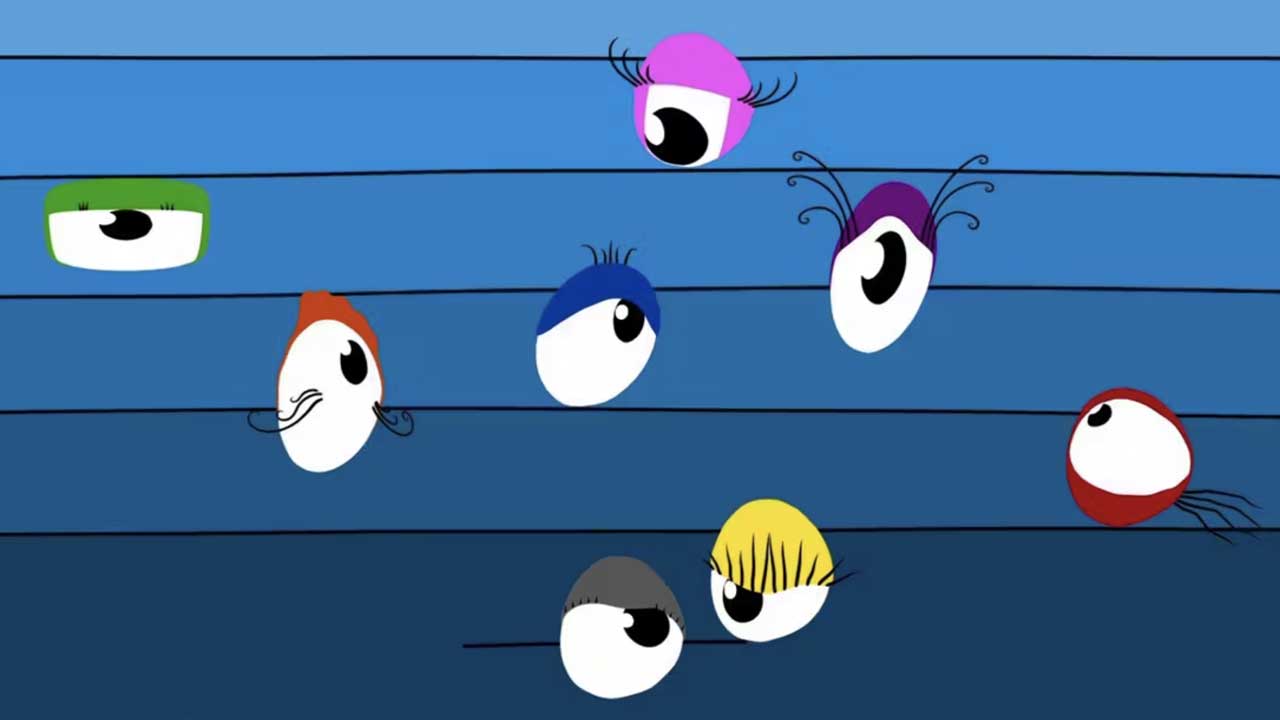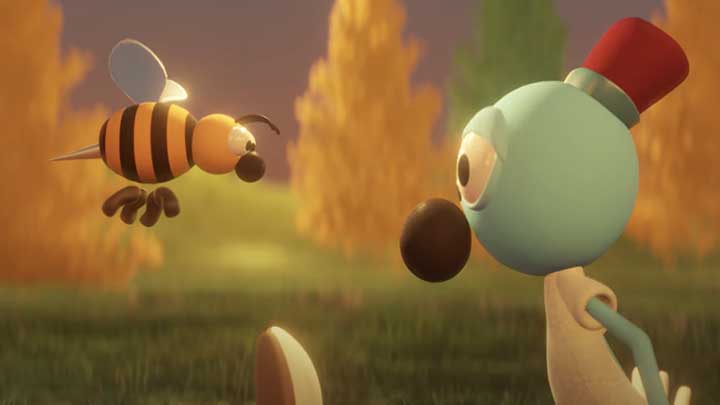
Introduction to 3D animation
- History of 3D animation
- Visual universes of 3D animation
- Domains of 3D animation
- Phases of a 3D animation project
- 3D software
History of 3D animation
3D animation had its beginnings in the 1960s, with the first experiments in computer image synthesis. The pioneers of this technique, researchers, engineers and artists, exploited the capabilities of the first computers.
William Fetter coined the term computer graphics in 1960 and in 1963, Ivan Sutherland created Sketchpad, the forerunner of computer-aided design software.
John Hales Whitney, musician and experimental filmmaker, makes the first abstract computer animation film in 1967.
One of the future founders of the Pixar animation studio, Ed Catmull, developed CAPS (Computer Animation Production System) software in the late 1980s, which enabled drawings for Disney animated films to be coloured by computer. CAPS was first used on the film The Little Mermaid in 1989.
The Adventures of André and Wally B. was the first film to be entirely designed by computer. The 2-minute short was made by Alvy Ray Smith and John Lasseter in 1984 at Graphics Group, a department of Lucasfilm's IT division founded by George Lucas in 1974 and bought by Steve Jobs in 1986 to become Pixar.
Pixar won the Oscar for Best Animated Short with Tin Toy in 1989 and Disney decided to produce Toy Story in 1995, the first feature-length 3D animated film to become a worldwide success.
Pixar, in addition to being the first to create 3D films, was able to develop a graphic style, albeit linked to the technical limitations of the time, which would later be taken up by many studios producing 3D feature films.
Sequel to Toy Story (Pixar, 1995) in chronological order,
Shrek (Dreamworks, 2001), Monsters & Co (Pixar, 2001), Ice Age (Blue Sky Studios, 2002), Finding Nemo (Pixar, 2003), The Incredibles (Pixar, 2004), Shrek 2 (Dreamworks, 2004), Madagascar (Dreamworks, 2005), Chicken Little (Disney, 2005), Cars (Pixar, 2006), Happy Feet (Animal Logic, 2006)...

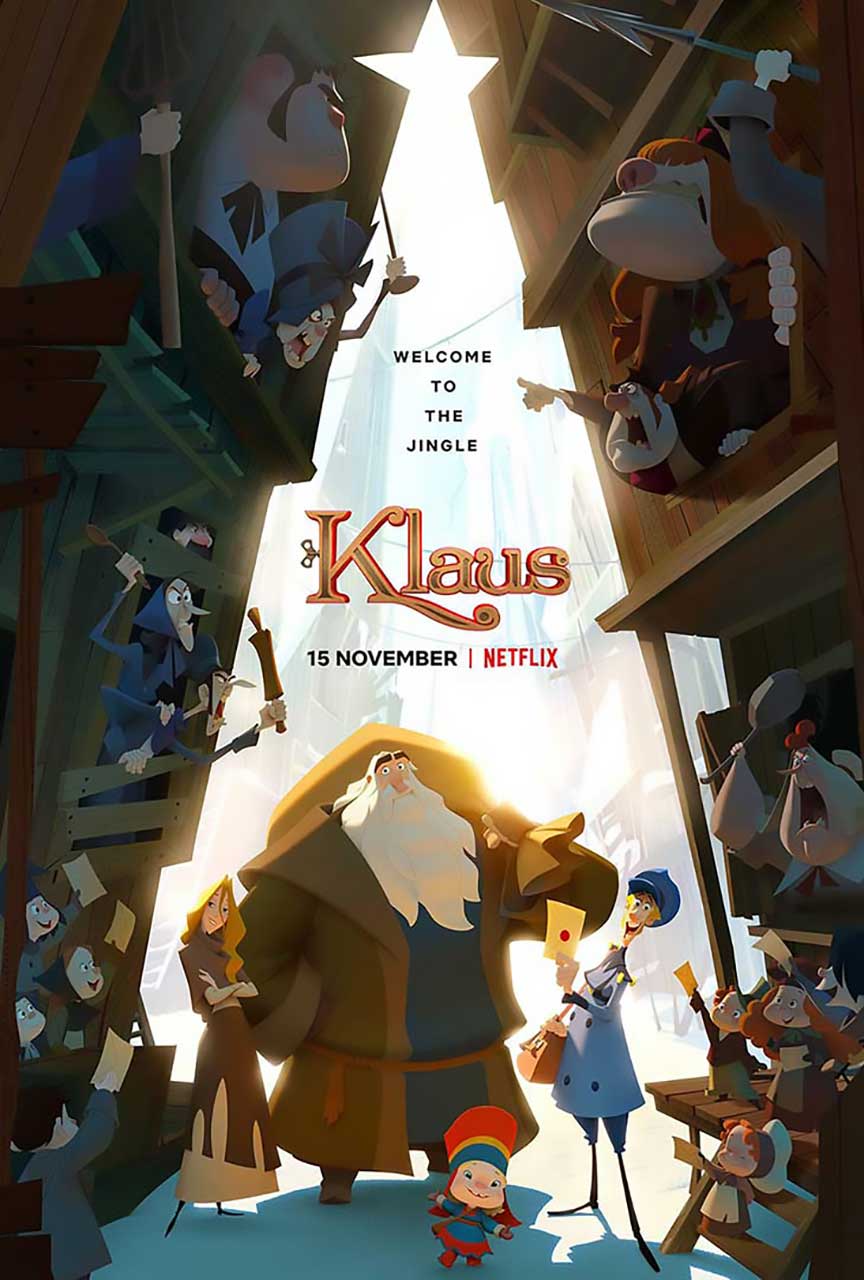
Klaus, un film en 3D ou en 2D ?
Sergio Pablos (2019)Visual universes of 3D animation
Artists have always sought to make the most of the tools available to them and push back their limits.
As far back as prehistoric cave art on the walls of caves or rock shelters such as Lascaux, the media and tools available influenced artistic choices. Prehistoric artists had to use their hands, animal hair brushes or reeds to apply paint prepared with natural pigments such as ochre, charcoal and manganese oxide; the shape of the cave walls also influenced artistic choices.
The constraints of the materials and their limits, charcoal, oil, watercolour... for drawing, clay, marble, wood, bronze... for sculpture, all influenced artistic research and works.
The great influence of Pixar
Pixar, with its first short film Tin Toy in 1989 and its first feature film Toy Story in 1995, also developed in parallel an artistic approach and a technical approach linked to the constraints and capabilities of the computers and programmes of the time and created visual universes based on the technical limits, but with the awareness that these limits would evolve very quickly. However, the first 3D visual universes quickly became a reference, a standard, and it is interesting to note that the visual universes of many 3D feature films today, while adding their own personal touches, remain close to the very first short film Tin Toy.
Some films made in 2D animation, such as Klaus (2019), sometimes even adopt a 3D visual world.
Many different graphic styles
Rapid technical developments subsequently allowed greater creative freedom and the exploration of different graphic styles in fields as varied as film, television, video games and advertising.
Realistic 3D animation seeks to faithfully reproduce reality and live-action films. It uses techniques such as motion capture, realistic 3D modelling and lighting, as well as special effects.
This type of animation is often used for action, adventure and science fiction films, such as Jurassic Park (1993) or Avatar (2009) but also for product presentations as it allows the features, benefits or operation of a product or service such as a car, smartphone, building, app to be shown realistically.
In contrast, stylized 3D animation offers many very different graphic styles.
It plays on shapes, colours, expressions, contours, can be cartoonish, whimsical or abstract.
Stylized 3D animation is not yet widely used in feature films, but it is widely used in short films, video games and advertising films.
The founders of AOKIstudio, always on the lookout for new visual universes for their 3D animation projects, created in 2017 the association Children's Films and the international children's film festival Takorama, whose aim is to offer children around the world original and poetic visual universes, and to showcase numerous short films made in stylised 3D.
In the field of advertising and communication, AOKIstudio offers unique and original artistic universes adapted to the specificities of each request, product or service.
For example:
A universe of traditional Chinese painting based on 3D animations for the Bank of China Limited (BOC).
A paper universe to reinforce the poetry of singer Bonnie Pink's lyrics.
A universe of toys to reinforce the comedy of the Nihon Ham ad, whose heroes are slices of ham.
A 3-dimensional animation based on 2-dimensional drawings by artist Nicolas Buffe as part of the design for the shop front of the Isetan department stores' in Shinjuku, Tokyo.
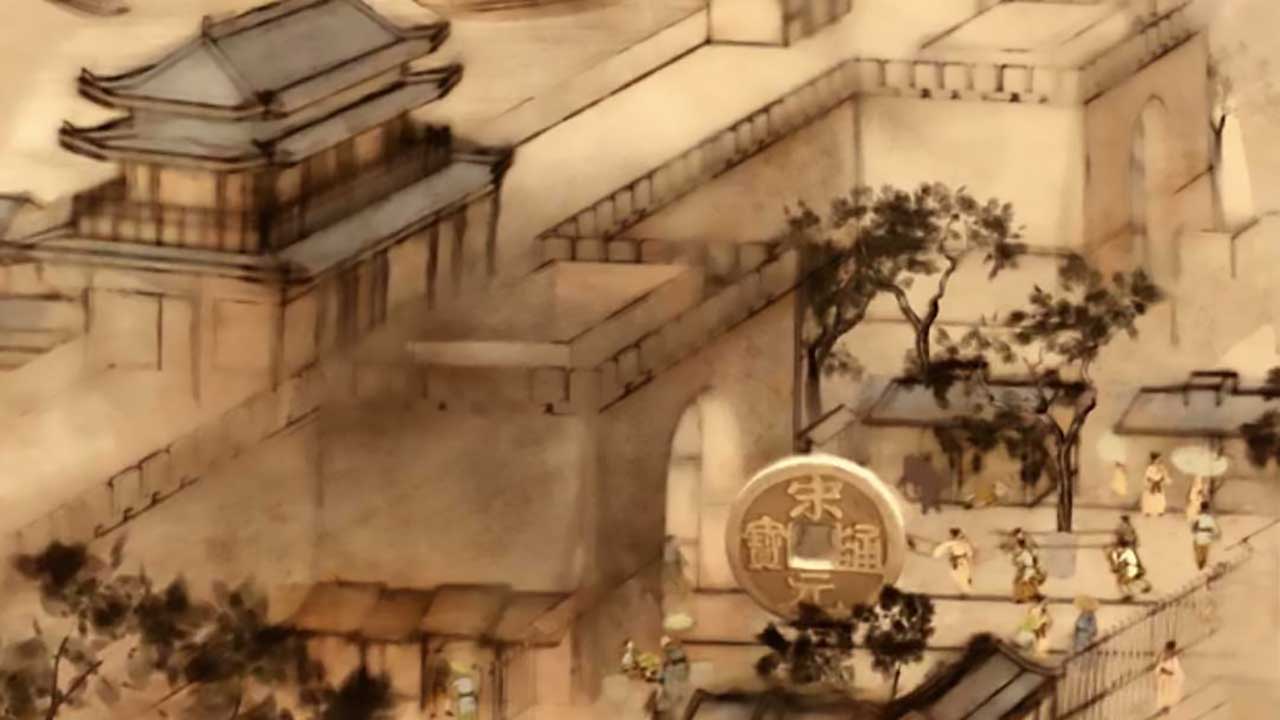
Bank of China, film publicitaire
Direction & Animation : AOKIstudio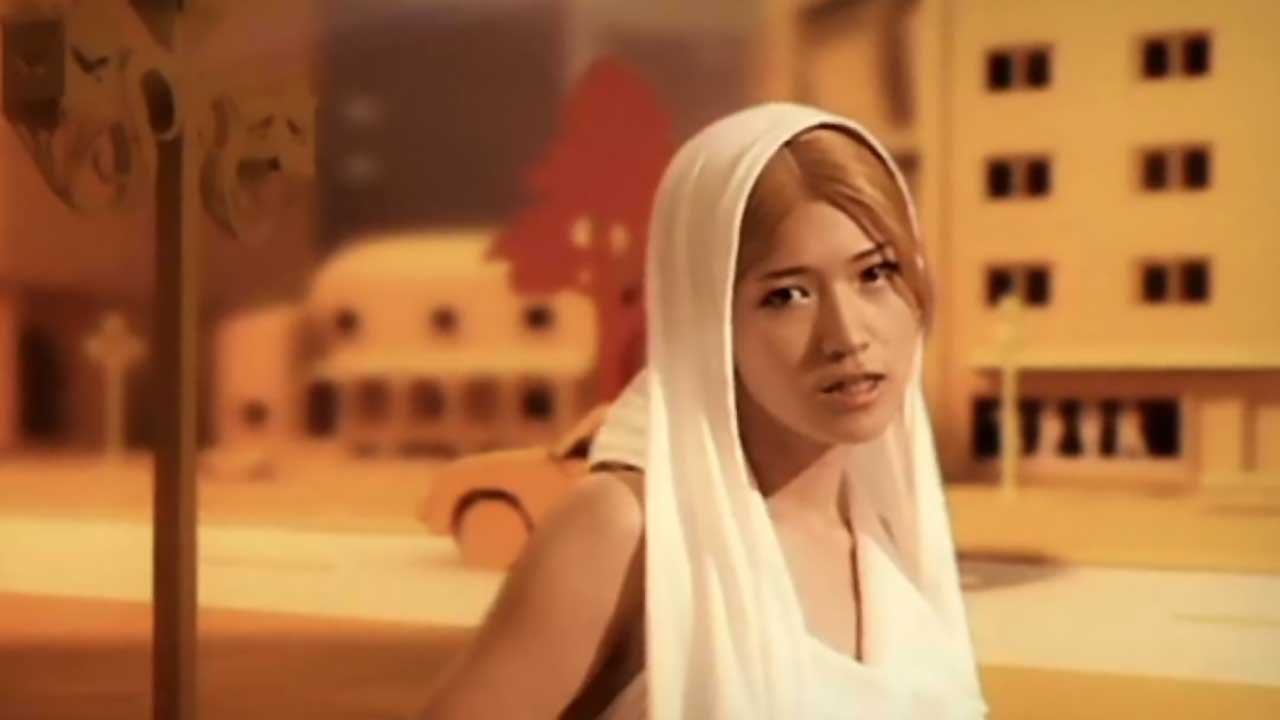
Bonnie Pink, clip musical
Direction & Animation : AOKIstudio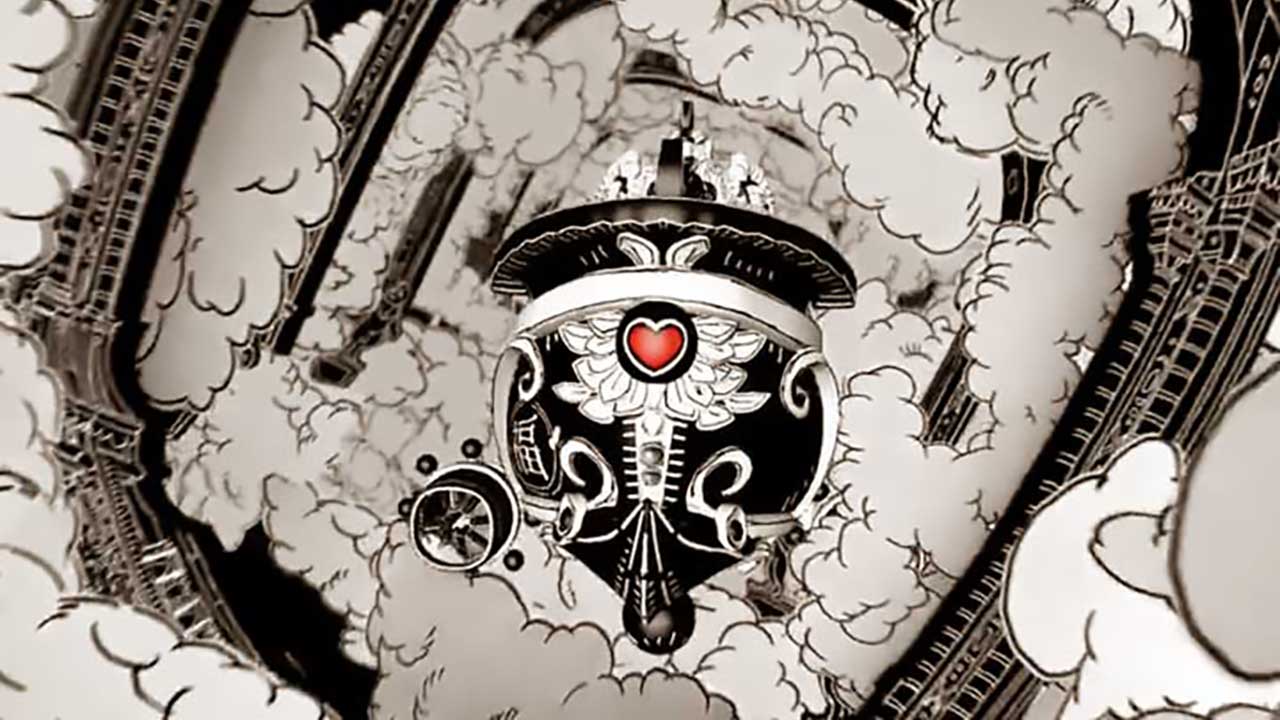
Isetan, Shinjuku, devanture commerciale
Design : Nicolas Buffe. Animation : AOKIstudioDomains of 3D animation
3D animation is used in many fields.
Film and fictional works use 3D animation to tell stories, create original worlds and characters, or adapt existing works.
For example, Toy Story, Shrek, Nemo, Monsters and Co.
3D video games use 3D animation to create environments, characters, objects and visual effects.
For example, Tomb Raider, Grand Theft Auto, The Sims.
3D animation is also very often used as part of the presentation of products or services because it helps to highlight the characteristics, advantages or operation of the product, create an effect of realism and closeness to the product, attract the viewer's attention and interest. For example, a car, a smartphone or an application.
3D architectural visualisations are also widely used to explain or promote a building, an urban plan, in the process of being designed.
The scientific fields such as medicine also use 3D animation to illustrate concepts, medical procedures. For example, how an organ works, a surgical operation.
In educational fields, 3D animation is used to explain scientific, historical or cultural concepts or phenomena. For example, the solar system, the French revolution, the food pyramid.
Advertising films use 3D animation to promote a brand, product or service. For example, an animated mascot, a catchy slogan, a humorous or emotional scene. Products promoted in the form of pack shots at the end of adverts are also very often produced in 3D, because 3D allows more possibilities (type of lighting, blur, contrast, etc.) but also more flexibility and adjustment with customers than photography.
3D printing, a manufacturing process that involves making a solid object in three dimensions from a digital model, has applications in sectors as varied as the medical, aeronautical, construction, robotics, art, automotive and jewellery industries.
3D printing can be used to manufacture customised, high-performance parts, prototypes and tools.
In the entertainment sector, 3D printing enables fans to create objects (toys, figurines, puzzles, accessories, costumes, sets, etc.) inspired by their favourite films, series, video games or books.
The art world also uses 3D to allow artists to express their personal and creative vision.
The development of screens in points of sale or at events also encourages the use of 3D animation. These screens offer the opportunity to present products or services but also to create unique settings and atmospheres in the form of artistic creations that enhance a brand's image.
More recently, with the emergence of metavers, 3D techniques are being used to create the virtual spaces in which users move around, the objects with which users interact and also users' avatars.
The virtual singers, idols and youtubers also use computer-generated 3D avatars to present themselves to their audiences.
Among the most famous, Hatsune Miku who fills concert halls with her holograms and Kizuna Ai considered the pioneer of VTubers, virtual youtubers.
Since the early 2000s, AOKIstudio has been staging virtual singers, among the first being One-T and Black Mamba.
Even today, virtual singers are an important part of AOKIstudio's business; among the most famous, Uta no Prince-sama.
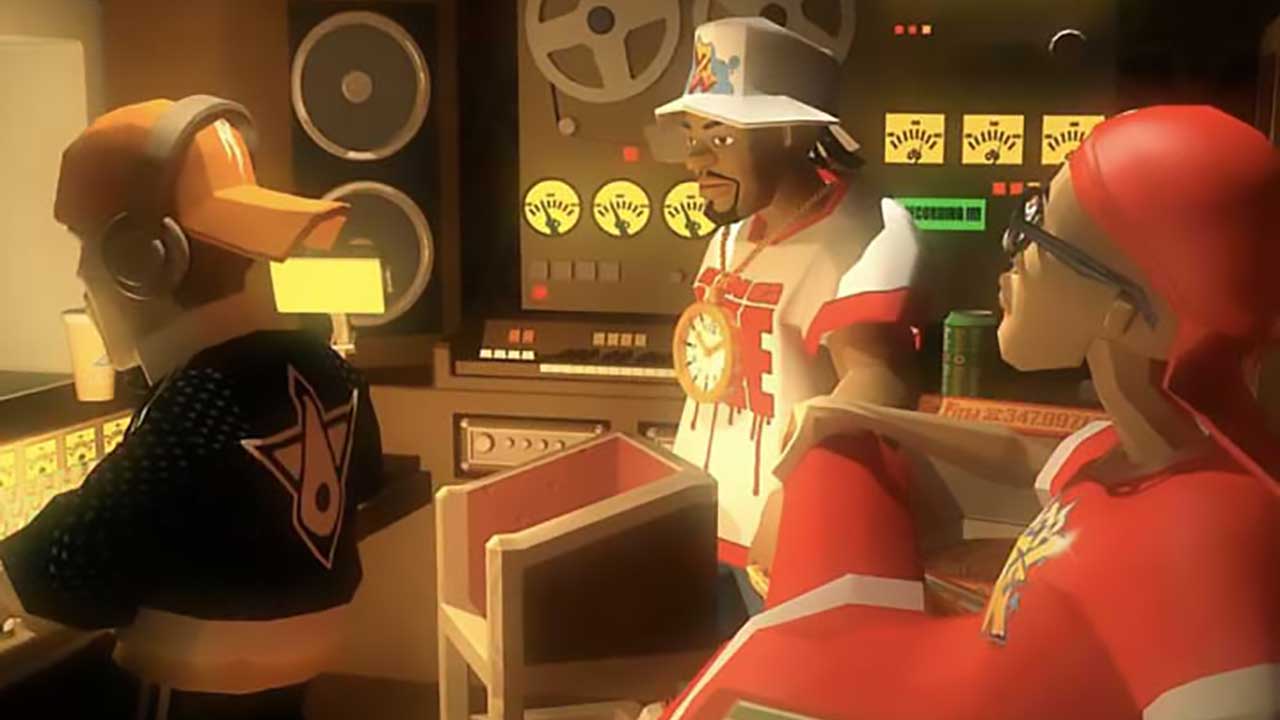
Black Manba © Mimesis Republic
3D Animation : AOKIstudio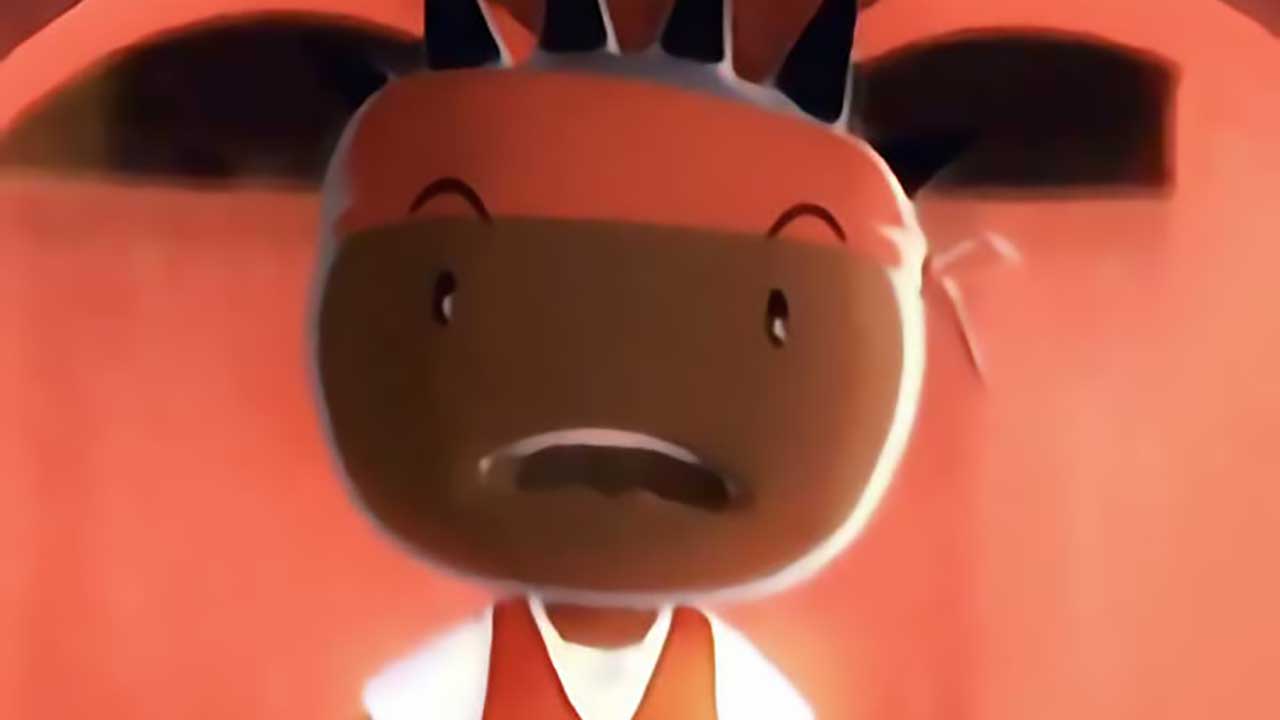
One-T © T.Pieds & E.Gronfier
3D Animation : AOKIstudio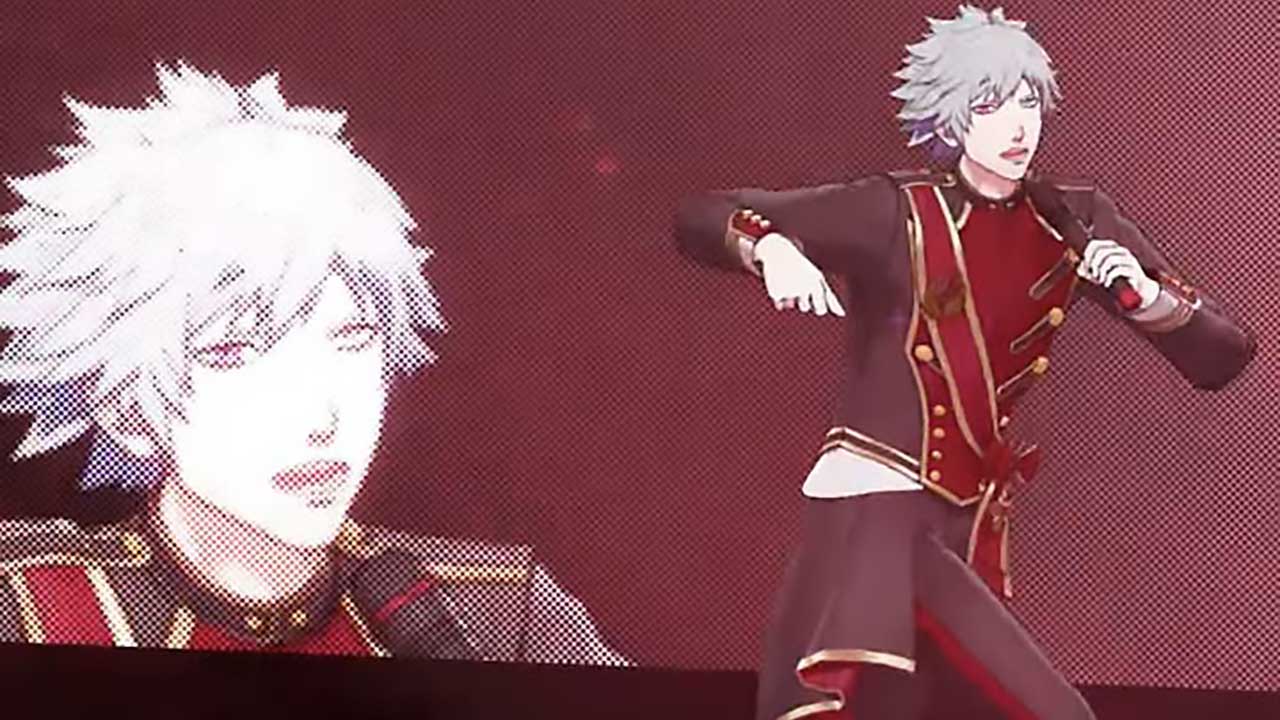
Uta no Prince-sama © Broccoli
3D Animation : AOKIstudioPhases of a 3D animation project
Producing a 3D animation project requires many partners and skills.
It is divided into three main phases: pre-production, production and post-production.
The pre-production of a 3D film involves imagining and validating the concept, scenario and art direction of the film.
These phases are common to the pre-production of a 2D animated film or a live-action film.
The director proposes a synopsis and then a detailed script with dialogue, characters and settings. The art director decides on the visual style of the film and draws the characters, sets and props in the form of sketches and 2D drawings. The storyboard is the phase of putting the script into images; the director presents the scenes broken down into different shots in comic strip form, with annotations on movements and special effects.
The storyboard images can be animated and viewed as a videoboard with voiceover and sound effects, to give an idea of the pace and tone of the film.
3D animatics, an invaluable tool
In the case of a 3D animation project, the 3D animatic replaces the animated storyboard. With 3D animatics, it is no longer the 2D images from the storyboard that are used to preview the film but a preliminary version of the 3D animation that is used to set up the camera movements.
The 3D animatics offer many advantages and facilitate the pre-production and production of an animated film.
They are also a tool for obtaining a consensus between the various project partners, who will have the opportunity to give their opinion and suggest changes before the schedule or budget no longer allows them to be implemented.
They can save a great deal of time and production costs, as they allow you to get an idea of the final version of a film before investing time and resources in it. 3D animatics are preliminary versions of the film's final scenes and can be easily modified or deleted, whereas it is more complicated to modify or delete a finished animation. The 3D animatics will also be very useful throughout the project, serving as reference points and keeping the initial objectives in mind.
The production of a 3D film, different from that of a 2D or live-action film, requires specific knowledge and skills.
The main phases of a 3D production are modelling, animation, lighting and the rendering of 3D images.
The modelling phase involves creating 3D models of characters, sets and props from 2D drawings and the visual style established during pre-production. To do this, 3D modellers use specific 3D modelling software, programmes that create three-dimensional shapes from geometric primitives (cubes, spheres, cylinders, etc.) or curves (Bézier, nurbs, etc.).
Texturing involves assigning textures and materials to 3D models. Textures are images applied to the surface of a 3D model to give it a more realistic and detailed appearance. Textures can be created from photographs, drawings or generated procedurally. They can simulate a range of materials, such as wood, metal or fabric, and can also be used to add details such as relief and scratches.
The next step after texturing is to create a 'shader', i.e. to determine how light interacts with the surface of a 3D model. Shaders can be used to simulate a variety of effects, such as reflections, refractions, shadows or transparencies.
The layout phase involves positioning 3D models in a digital environment.
The animation phase involves animating the 3D models of characters or objects using various techniques.
The animation with trajectories involves making objects or characters follow a predefined path in 3D space, by controlling their speed and orientation.
Procedural animation uses algorithms or rules to automatically generate complex movements, such as the behaviour of a crowd, the flight of a bird or the movement of a fabric.
The animation keyframe involves defining key positions of objects or characters at different points in the animation and letting the software interpolate the intermediate positions.
In the case of animating human or animal characters, limbs such as arms, legs, are animated from segments (also called bones) linked together within a virtual articulated structure (also called a skeleton).
The animation with virtual skeletons then consists of animating the bones of this skeleton.
Skeletonisation or rigging is the step that involves creating a skeleton in order to animate a character.
animation with motion capture (motion capture) is a technique that records the movements of a person or object, and renders them on digital models. This technique makes it possible to create realistic, natural animations more quickly than keyframe animation.
However, capturing the physical movements of the actors requires specific equipment, in particular sensors placed on the actors' bodies and cameras that follow and record the movements of the sensors and therefore of the actors. The data is then processed by software to create a 3D animation.
There are different types of motion capture equipment depending on the level of precision required, and many studios with specific hardware and software are also dedicated to motion capture.
The lighting phase involves positioning 3D light sources. It is used to determine the lighting atmosphere of the scene by creating areas of shadow and light and to highlight certain elements of the scene.
There are several types of light, depending on the 3D software used.
The point light (Point Light) emits light uniformly in all directions from a single point. It is often used to represent small, distant light sources, such as light bulbs or stars.
The directional light (Directional Light) emits light in a single direction, like the sun.
The Spot Light (Spot Light) emits a cone of light from a specific point in a specific direction. It is often used to simulate light sources such as a torch or theatre spotlight.
The ambient light (Ambient Light) illuminates the stage evenly, regardless of direction or distance. It is often used to simulate indirect or diffused light, such as that of an overcast sky.
The area light (Area Light) emits light from a specific surface in a given direction and is used to simulate larger, more diffuse light sources, such as a window or studio lighting.
The volume light (Volume Light) illuminates a specific area of 3D space and is often used to create atmospheric lighting effects.
The rendering 3D images phase, which is decisive for the artistic and visual quality of the film, involves calculating the final rendering of the images after lighting, textures, shadows and visual effects have been added.
New generations of software offer rendering modes in real time rather than just precalculated.
This gives 3D artists the opportunity to modify and visualise, interactively and in real time, all the parameters involved in the final result of a 3D image, such as colours, textures, lights, shadows, reflections and depth of field.
The post-production of a 3D film includes the final stages of film production.
The compositing (image composition) consists of assembling and merging several image sources to make a single shot. When rendering the final images, it is common to render the different parts of the shot separately. For example, separating the characters from the set during the rendering process allows the compositing phase to rework the colour, contrast and blur of these elements separately and therefore with greater flexibility and precision.
Compositing can also involve harmonising 3D renderings with additional special effects or images shot on green screen or live action.
The various digital techniques used in compositing include colour matching, colour grading, rotoscoping and video tracking.
The editing of a 3D film, a stage common to the post-production of a 2D animated film or a live-action film, consists of assembling the various animated 3D sequences, music, sound worlds; it may also include special effects, transitions, titles or subtitles.
It should be noted that the video editing process for the production of an advertising film is divided into two distinct phases.
Offline editing is the first stage of editing. In the case of a 3D film, this corresponds to animatics.
Like a rough draft, it consists of selecting video extracts to determine the order in which they appear in the film, without worrying about detail or image quality. To save computer resources, offline editing is generally done at low resolution, in 720p (1280 pixels by 720 pixels).
The Online editing is the final phase of post-production and perfecting the draft to create the final product.
It includes adding graphics and special effects, colour grading, sound processing, etc. The aim is to fine-tune the details and make the final video as perfect as possible. Online editing is carried out at the final resolution, which is generally much higher than that of offline editing, in HD (1920 pixels by 1080 pixels) or 4K (3840 pixels by 2160 pixels).
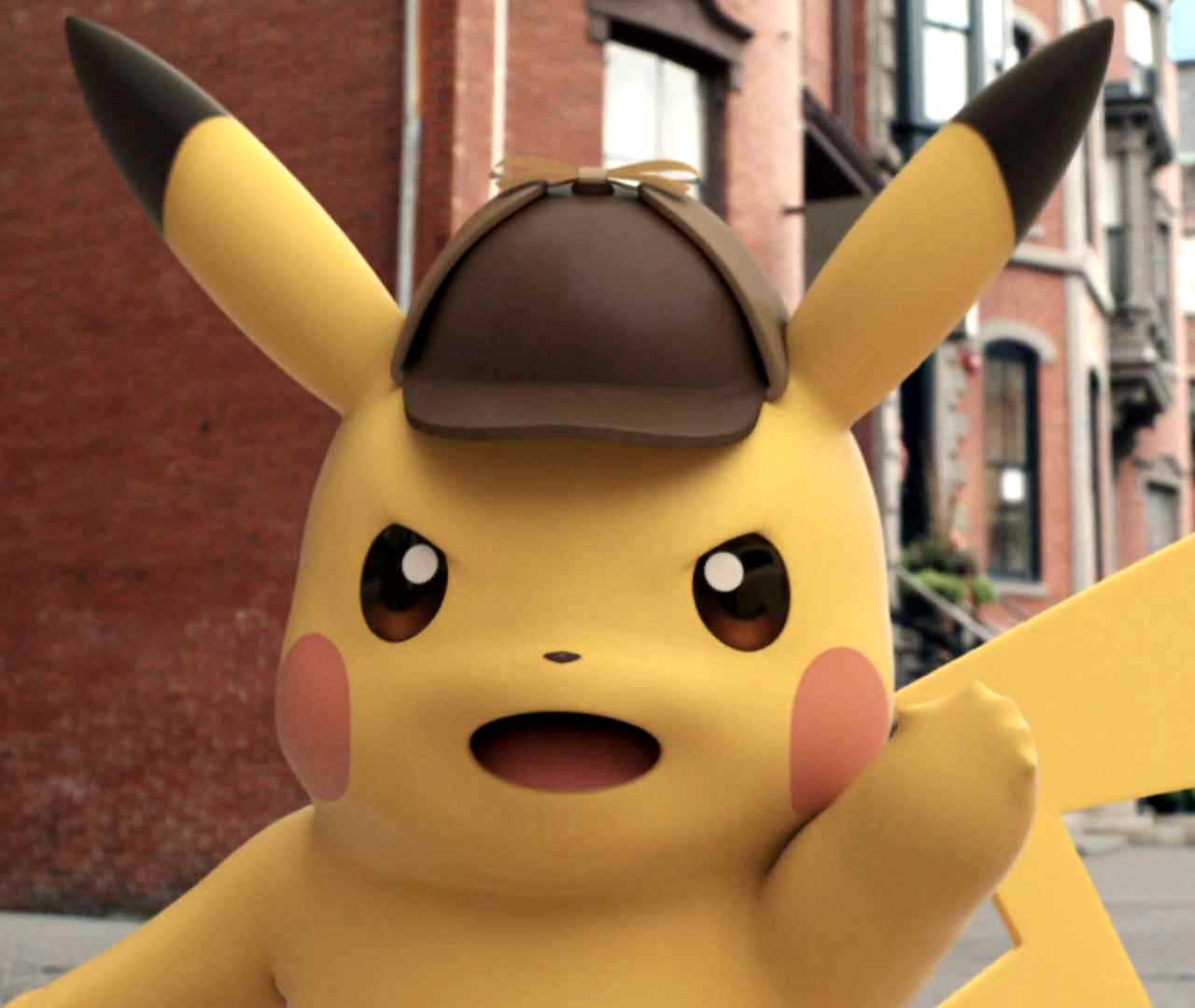
Pikachu, Web CM
Skills and partners for a 3D animation advertising film. Client: The Pokémon CompanyDirection: Ryohei Shingu
Agency: Hakuhodo
Production: Geek Pictures
3DCG animation: AOKIstudio
Compositing: Flux
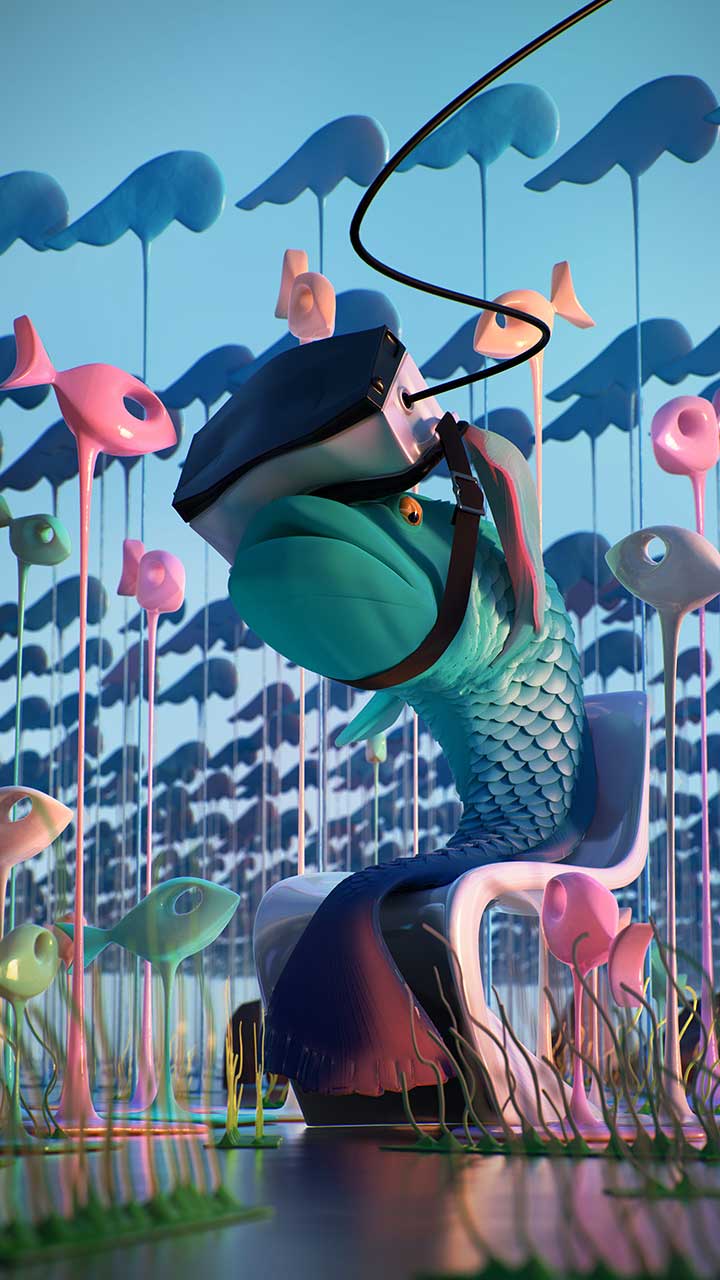
Couverture du magazine CG word, Japon
Design : Oliver Defaye, AOKIstudio3D software
Each 3D computer program has specific features depending on the areas of use and user needs.
Software used for industrial design, 3D printing, video games or animated films are not the same.
For example, in the automotive sector, 3D CAD software such as Inventor can be used to create parametric models, assemblies and technical drawings and offers specific tools for mechanical design, such as modelling sheet metal, plastic parts or welded structures. Fusion 360, cloud-based 3D CAD/CAM/CAE software, enables products to be designed, simulated and manufactured in a single environment with features such as direct and parametric modelling, finite element simulation, realistic rendering or machining.
AutoCAD is 2D and 3D CAD software for creating technical drawings, plans or schematics and offers specialised toolsets for different sectors, such as architecture, civil engineering or mechanical engineering.
Alias is industrial design software for creating complex, organic surfaces; it offers tools for conceptual design, detailed design or visualisation. It is used to design car bodies, interiors and accessories.
CATIA is used for product design, 3D modelling and computer simulation in various industrial sectors such as aeronautics, shipbuilding and automotive, as well as watchmaking and electronics.
The field of 3D animation also requires specific software, and AOKIstudio uses 4 in particular.
3ds Max, created in 1990, also offers powerful modelling, texturing, animation, rendering and visualisation tools. 3ds Max is particularly well suited to modelling 3D architectural scenes and is used by many architects, designers and 3D artists to create realistic scenes, complex objects or dynamic animations.
Maya, created in 1998, offers a complete range of tools for modelling, texturing, lighting, rendering, simulation and animation. It is also used by many film, television and video game studios to create special effects, characters and 3D environments. Maya is particularly well suited to character animation and has a handy animation curve editor.
Cinema 4D, created in 1990, is easy-to-use 3D animation software that offers intuitive tools for modelling, texturing, lighting, rendering and animation. It is used by graphic artists, motion designers and 3D animators to create creative visuals, animated titles and graphic effects.
Blender, created in 1998, is free and open source. It offers comprehensive functionality for modelling, texturing, lighting, rendering, simulation and animation. It is used by hobbyists, freelancers and professionals to create a variety of projects, such as short films, video games and commercials. Since 2019, Blender has been gaining recognition among companies in the 3D animation field, such as Epic Games, Ubisoft and NVIDIA.
The 3D rendering engines are also essential to the quality of a 3D film. Built into 3D software or available as plug-ins, they simulate the effects of materials, textures, light, shadows, reflections and colours in the 3D model and render them as a 2D image. There are different types of 3D renderer depending on the calculation method used, the quality of the result and the calculation speed.
Each animation studio has its own preferences and places a great deal of importance on the choice of rendering engines it uses because, as with gouache or watercolour, rendering engines influence the final touch of a 3D drawing, such as the type of reflections, transluminescence or the type of blur for shadows.
AOKIstudio, after many years of testing and using rendering engines such as Vray, OctaneRender or Arnold, now mainly uses Corona and Redshift.
In the field of virtual reality and metavers, AOKIstudio uses Unity and Unreal for the visualisation of 3D environments in real time.
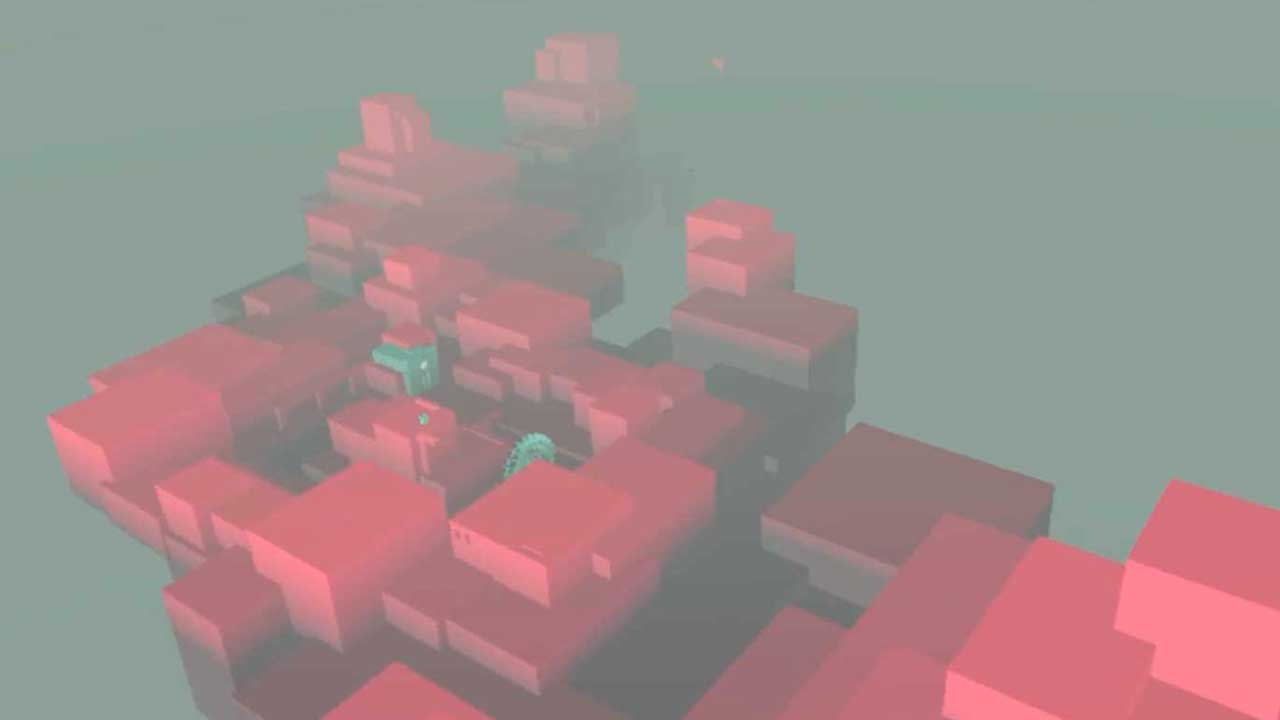
FALL, Metavers
Real-time rendering with Unity, AOKIstudio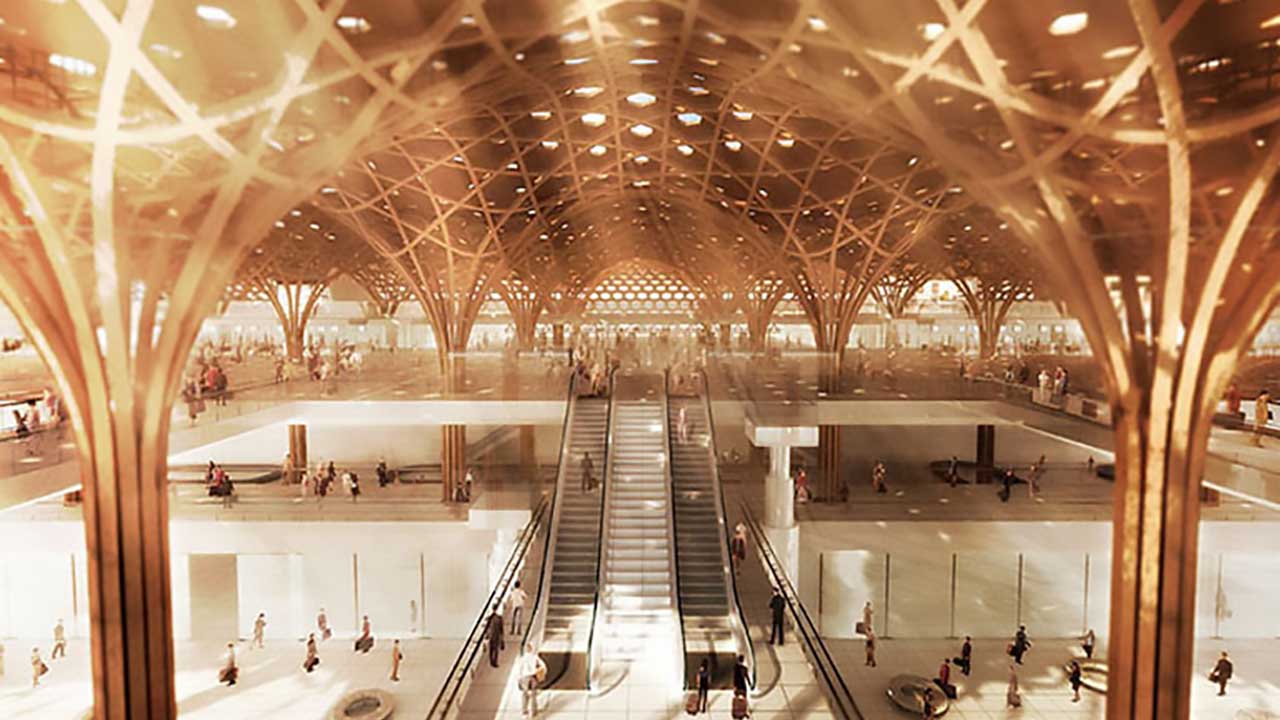
Airport designed by Shigeru Ban, Japan
Pre-calculated rendering with Vray, AOKIstudio